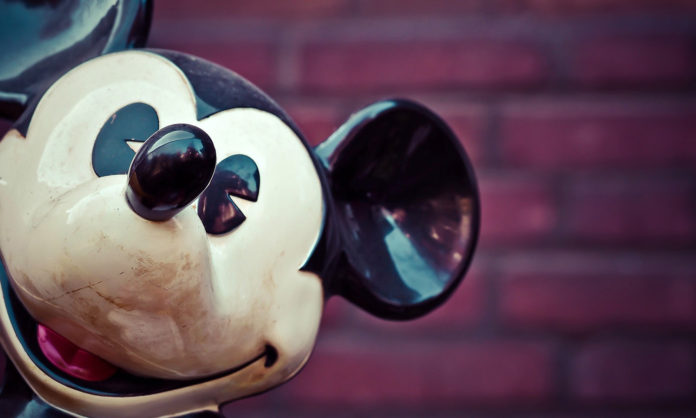
In a post on the StageCraft blog, Ken Miyamoto says writers can learn a lot about character development from an unlikely source: the creation and history of Mickey Mouse, Donald Duck, and Goofy.
When Mickey first appeared, his personality was different than what audiences would recognize today. “He was a troublemaker of sorts,” Miyamoto says. “He also had an attitude that doesn’t match what we know of him today.” However, as Mickey became associated as with Disney as its mascot and figurehead character, he evolved into a quintessential nice guy who couldn’t misbehave too badly.
Enter Donald Duck and Goofy. Because Mickey represented the company, he couldn’t be too silly, selfish, angry, violent, or dimwitted. The writers soon realized that other characters were needed to fill these roles. “They found out that pairing Mickey with two new characters that could take on those additional character dynamics would offer better stories while also protecting the core dignity of Mickey Mouse,” Miyamoto explains. “They worked so well together in those first shorts that debuted in the later 1930s, primarily because their personalities rubbed off against each other so well.”
While Donald and Goofy eventually became more well-rounded, they retained their core silliness, which allowed writers to explore ideas they couldn’t with Mickey. “The relational dynamics between Mickey, Donald, and Goofy can reveal a lot about not only character development as a narrative function but the importance of including different types of supporting characters in your storytelling,” Miyamoto says.
Supporting characters exist to strengthen the lead and support the plot. Donald and Goofy also brought character traits that wouldn’t fit in Mickey’s persona. “Some story and plot situations call for a reaction that can’t be given by the hero,” Miyamoto notes. Supporting characters can provide levity, some truth-telling, or an alternate morality. “With the creation of Donald and Goofy, we know and understand that supporting characters can help further the story and offer more story and plot depth while retaining the focus of the protagonist’s arc,” Miyamoto writes.
Miyamoto compares the trio to the Corleone brothers in The Godfather. Michael is the Mickey, responsible and even-keeled. Sonny is short-tempered Donald and Fredo is silly, dimwitted Goofy. “The depth of Michael as a character is that he is forced to embody or combat the characteristics that his brothers have,” Miyamoto says. To keep his family together, Michael cannot be incompetent or naive. However, he also has to stay above the violent fray, even as he makes immoral decisions. Sonny and Fredo take those roles for him.
“That’s what Donald and Goofy teach us about character development. And that’s what Sonny and Fredo teach us as well,” Miyamoto concludes. “Supporting characters can be used to shoulder characteristics, actions, reactions, and story/plot points that the protagonists can’t (or shouldn’t).”











